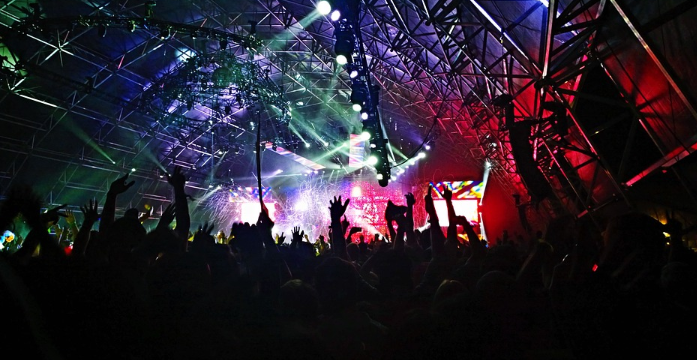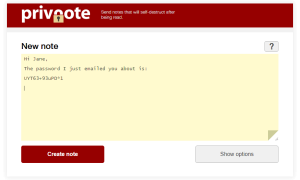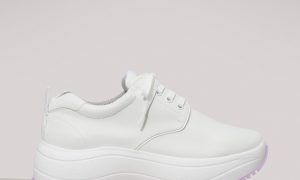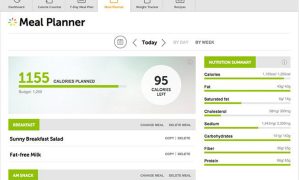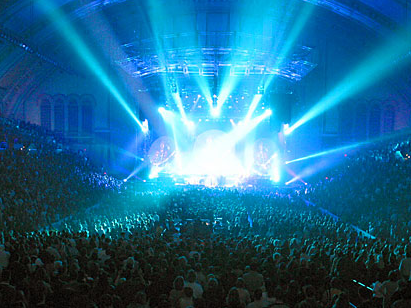EDM is like the Holy Grail when it comes to club dance music. So, what does it take to create top edm songs that will set the dance floor on fire? The post below has outlined a number of expert tips to keep in mind while creating truly amazing commercial dance music.
Set kick drum on 10dB
When it comes to the loudest part in electronic music, it’s usually the kick drum. It’s advised to set the kick drum to at least 10dB. If not, you may face the typical amateur problem of clipping on master channel. Beginners are usually seen to mistakenly leave the kick drum on 0dB. And that’s a serious flaw since leaving it at 0 makes them miss out on headroom in mix. Now, if you set the kick to 10, it may begin on a soft note. But don’t worry, since you can solve the problem with a limited. The limiter will enable you to scale the volume to commercial-range loudness later.

Place everything right into busses
Busses could be scary for amateur producers. But interestingly, these are actually user-friendly. In fact, busses will help you with better organizations. You may work with 5 primary busses- bass, kick, vocals, synths and percussion. Now, let’s say you have got five vocal tracks. So, instead of compressing and EQing every track, you can send the whole thing through one single buss- with one single compressor and EQ for controlling them all. In regards to compression of percussion (hihats, snares etc.) they tend to sound much better while compressed together compared to compressing individually.
In case you find your kick drum sounding tad loud, it could be because o a three layered kick. In such situations, don’t focus on individual volumes of drums and simply drop bus volume sensibly to some extent.
Side chain to mute kick drum
Do you want bouncy tunes with grooving rhythm? Well, why not? After all, we are discussing dance music here.
Now, that cool bouncy feel is derived from side chaining bass, synths and percussion to muted kick. The very process side chaining helps to bring a powerful kick drum that adds a different welcome edge to your dance music. Don’t worry, side chain is easy to learn. In fact, you will find scores of tutorials online explaining the entire process.
When you will start a new song, create a muted track with 4 kick drum which will run all through the track. Then, you will side chain your bass, white noise as well as synths & perch busses via a compressor. Make sure to use a blasting kick for the best effect. It’s to stress here that you must set low threshold and high chain as otherwise you will end up with an ineffective side chain.
Cut EQ instead of boosting it
If one can’t hear kick drum perfectly, the common practice is to boost EQ till things come to an audible level. But that would lead to the problem of clipping of master channel and you will left with a frustrating muddy sound. You certainly don’t want such an unpleasant scenario with your dance music videos. Interestingly, there is an easy solution to this entire problem. If you ever find yourself in the situation discussed in the first line of this paragraph- simply cut down some frequencies right in bass line and you will soon have the kick coming through like a dream.
If you find your synths are covering vocals, just cut some frequencies to enjoy clear vocals.

Layers are vital
Have you ever wondered why your music is so thin while professional club music is beautifully fat? Well, that’s the question of almost every beginner dance music producer out there. Well, the reason is professional club music involves a number of layers that make them fat. Some of them can even include 100 tracks in one production. You can layer kick drums up with soft hihat for better presence. You can also layer clap with snare drum. Now, these are just some basic examples. Keep on experimenting and you will land up with a good idea on right kinds of layering for your music.

